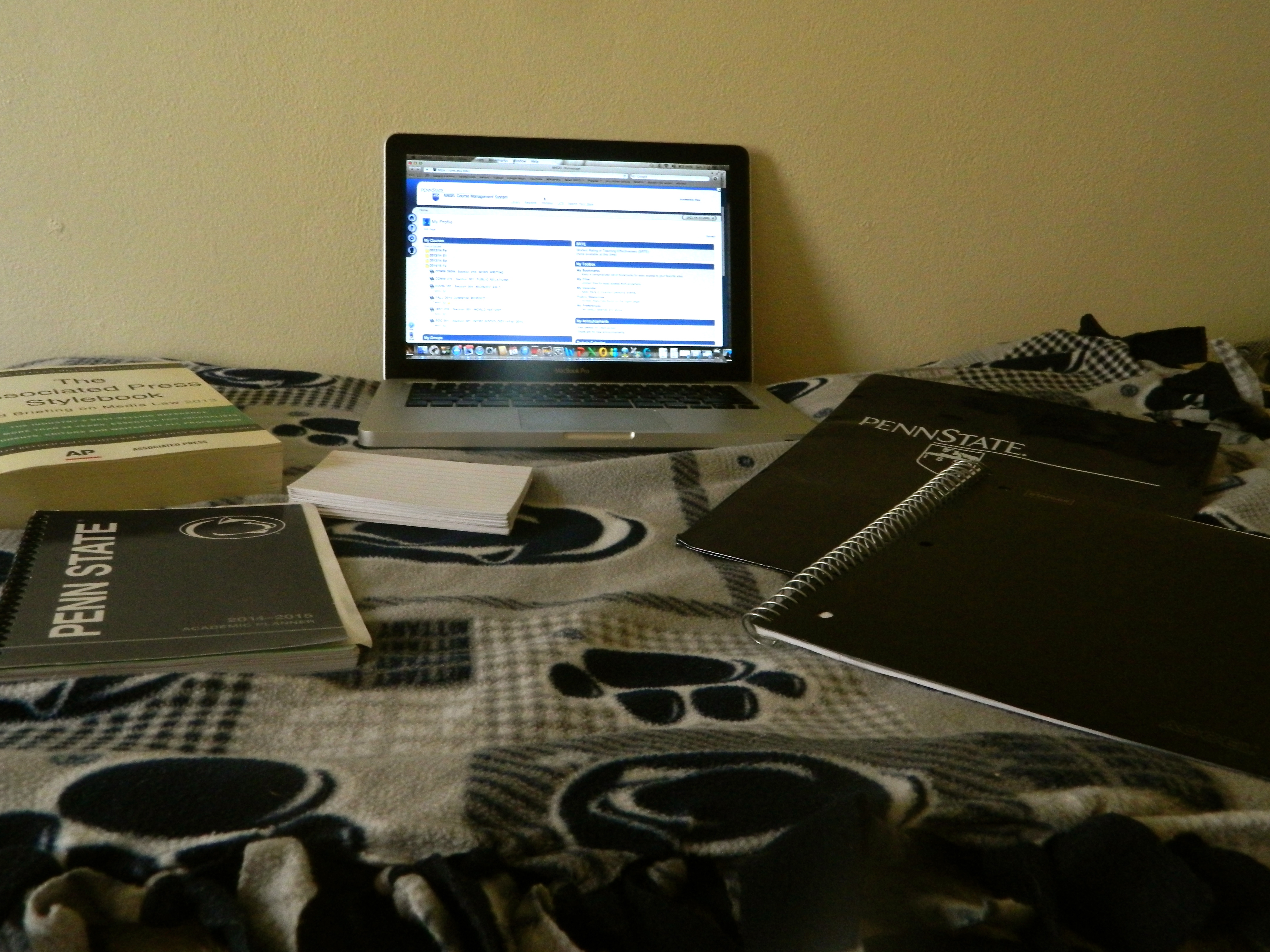Each week, our own fitness fanatics Sabrina Evans and Emily Keifline will explore the latest workout crazes, diet fads and dish out tips for healthy living. Managing your schoolwork is tough enough- let us take care of your health.

What if we told you there was a frappe that actually reversed your calorie count, not contributed to it?
You won’t find this frappe on the menu between iced chai lattes and caramel machiattos at your local Starbucks, but you will find it on the menu at your favorite gym between plies and rond de jambes.
Thanks to barre workouts taking Pinterest feeds and YouTube channels by storm, ballet isn’t just for pretty-in-pink ballerinas anymore. After sitting down with Cynthia Sherry, a senior art education major and president of Penn State’s largest dance organization, Vole, Valley has everything you need to know about breaking a sweat the ballet-way.
Ballerinas of a different breed
“Dancers are starting to become more recognized as athletes,” says Sherry, and luckily for you, this type of athleticism has nothing to do with pounding the pavement or bench-pressing impossible numbers.
The outfits might be cuter, but that doesn’t mean the workouts are any easier. According to Sherry, ballet works an entirely different set of muscles than most other athletics, recalling her instructor’s advice to avoid running when she was younger as an aspiring ballerina.
“Ballet strength training is all about working your muscles in an elongated way,” says Sherry, pointing out that there is a big difference between the lean muscles ballet builds and the bulkier muscles most weight lifting activities build. “Dance is all about control and line.”
Straight stretchin’, less flexin’
Whereas most workouts are focused on building stacked muscle, with stretching as an afterthought, ballet-inspired fitness is based on building muscle through stretching.
“Ballet is different from other forms of dance like tap and jazz because you use turnout,” says Sherry.
But here’s the real question: Turnout for what? Turnout is the staple stance of all ballerinas, an outward rotation of the hips and feet with your toes pointing in opposite directions.
“Ballet works mostly your hamstrings, hips and glutes,” says Sherry, and by focusing on mastering turnout, you can target these muscles while also giving them a good stretch, which lengthens the muscle.
Yoga and Pilates are similarly based on the concept of strength through flexibility and are great for getting a feel for building muscle in what Sherry refers to as ‘the ballet way.’
“Yoga is good for dancers because it’s working the same muscles [as ballet does] in an elongated way,” says Sherry. “To me it’s kind of like a less-intense version of ballet barre.”
Setting the barre
So we know it gets us the results we want and that it’s ballerina-approved, but what exactly is ‘barre’ and how the heck do we do it?
“Ballet bar is like our warm-up,” says Sherry. “For a track team you’ll warm up by running two laps. For [dancers], barre warms up and stretches out our muscles before we start jumping and dancing.”
A barre workout is based on the tendus and frappes we were talking about earlier, and according to Sherry, the most important move to practice is the demi-plie. “They help with turn-out and practicing control,” she says.
Sherry recommends either attending a class at a local specialty gym or searching for how-to vids on YouTube, using a kitchen counter or the back of a chair as an easy at-home alternative to an authentic ballet barre.
But, when in doubt, squat it out; plies are a form of squatting that elongates the muscle, says Sherry.
Embrace your inner ballerina and get ready to sweat like a girl – ballet is here to stay and you don’t even need a tutu to get it right.
Photo by Kristen Robertson




